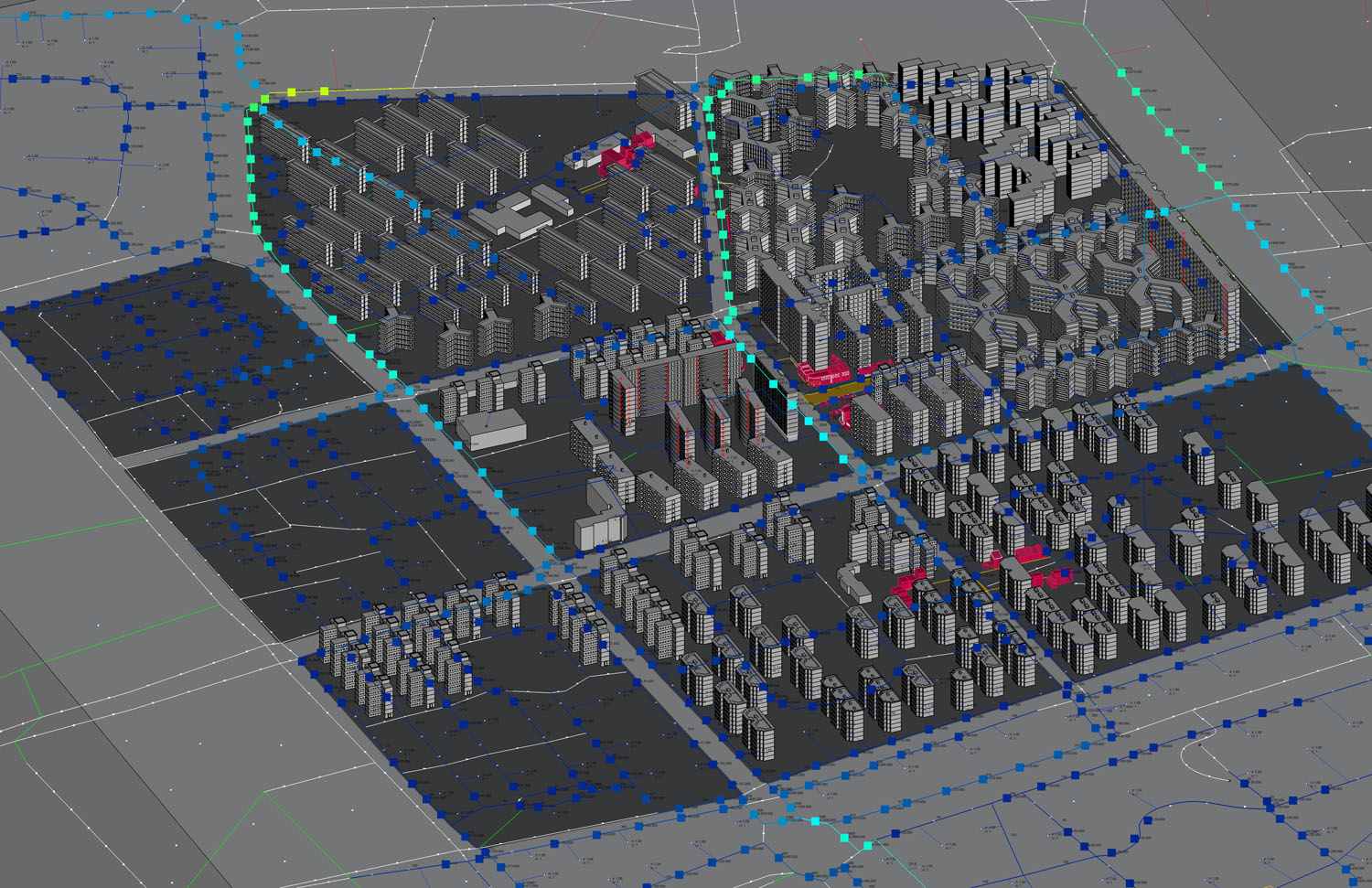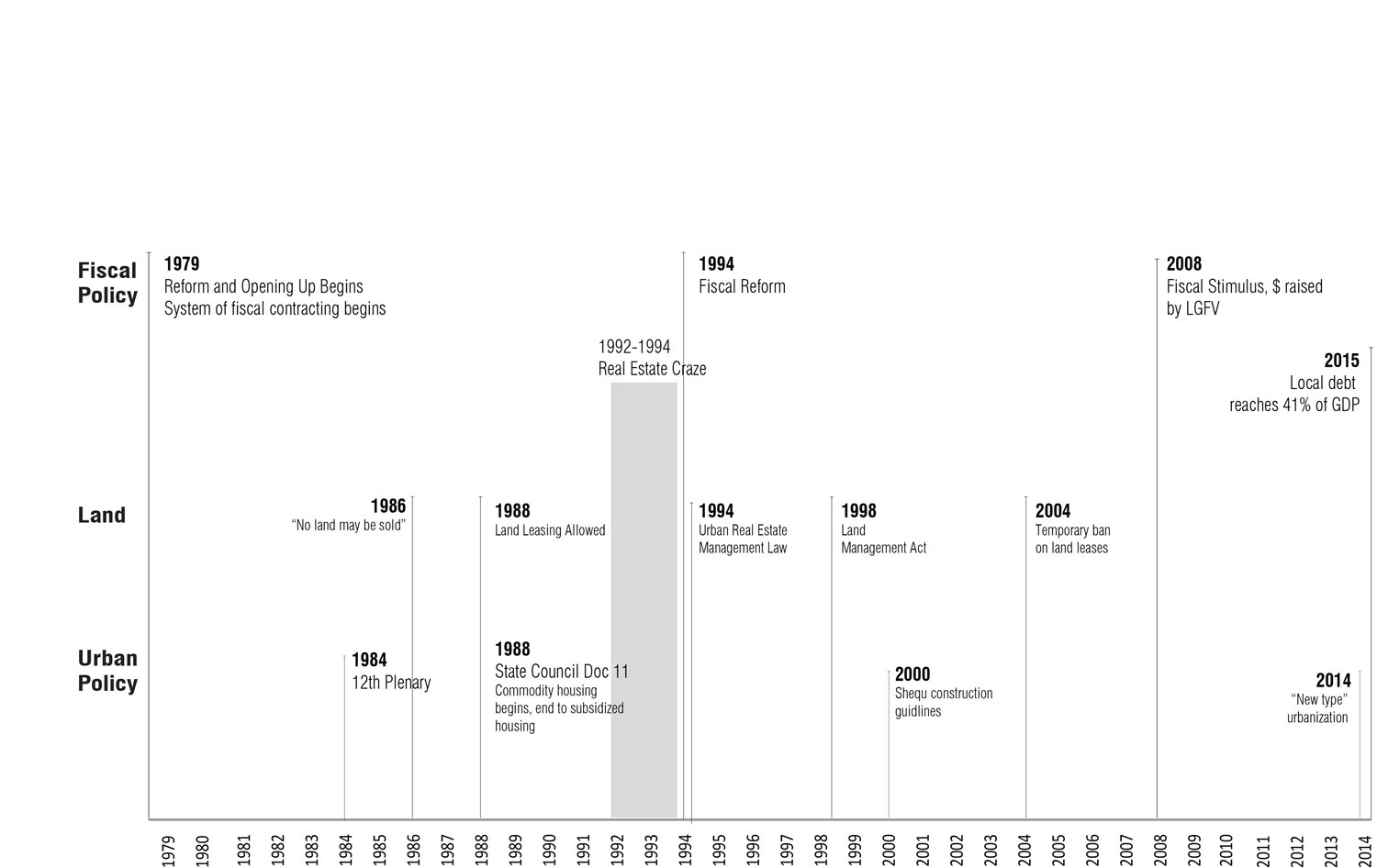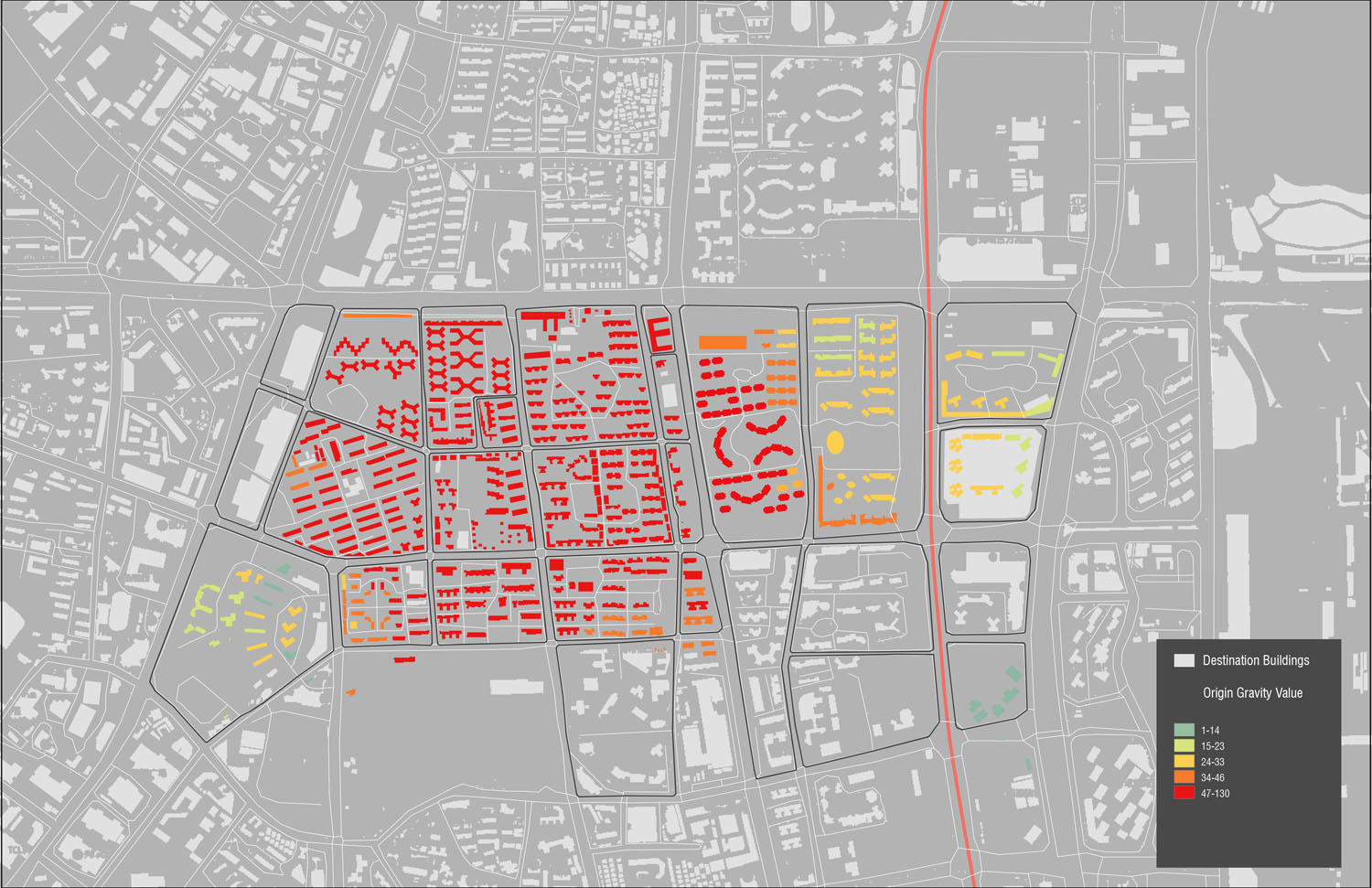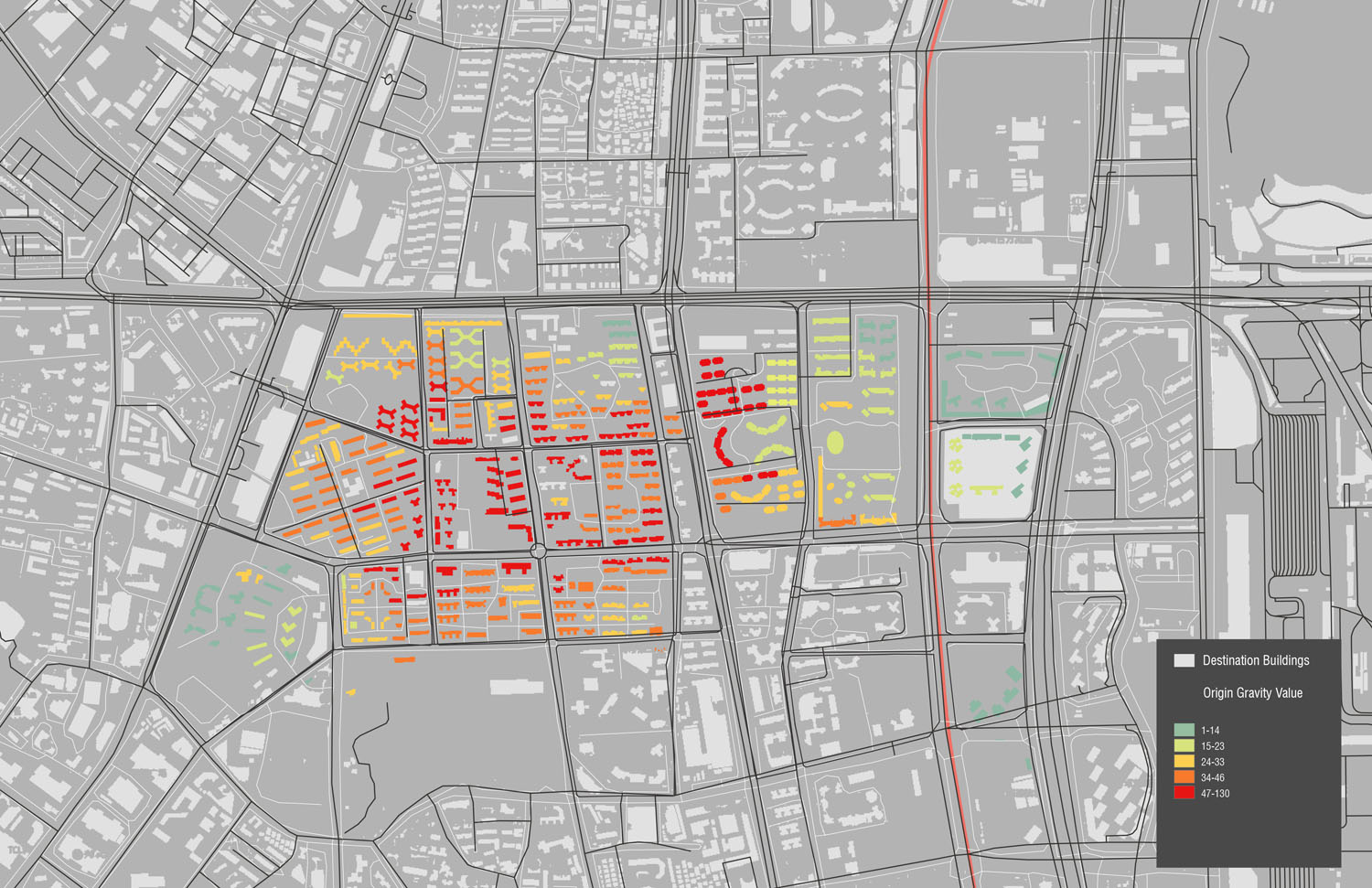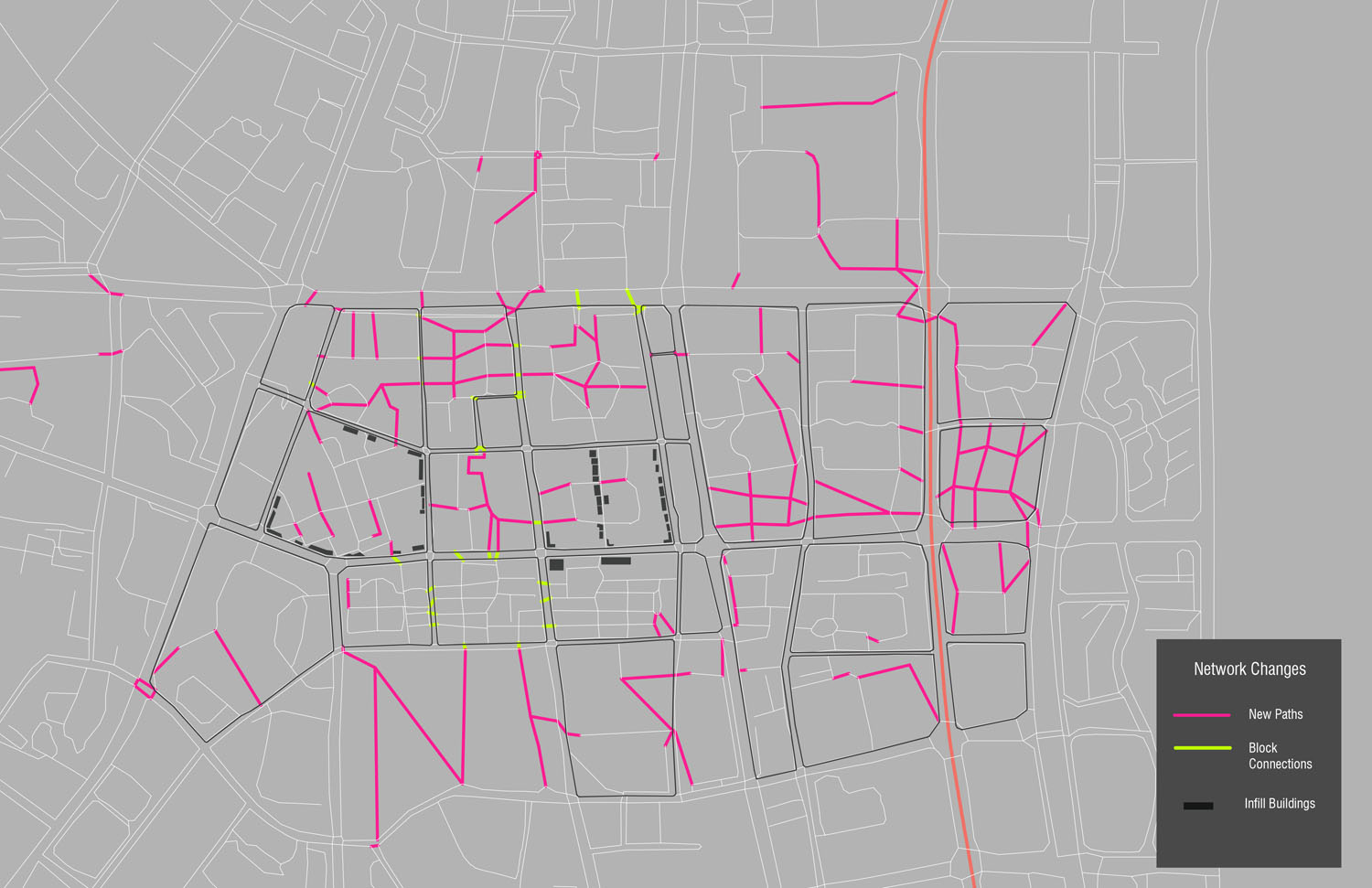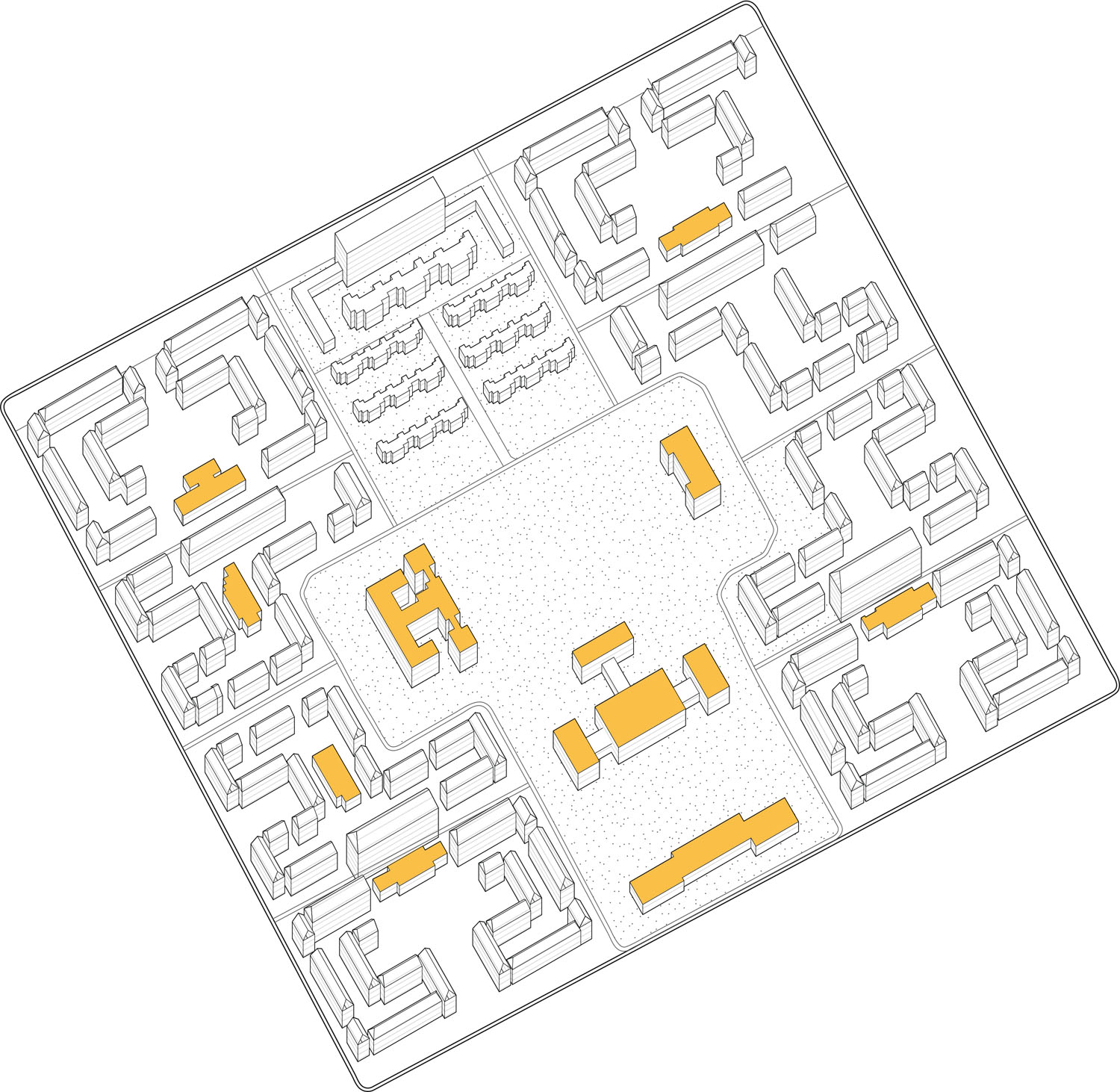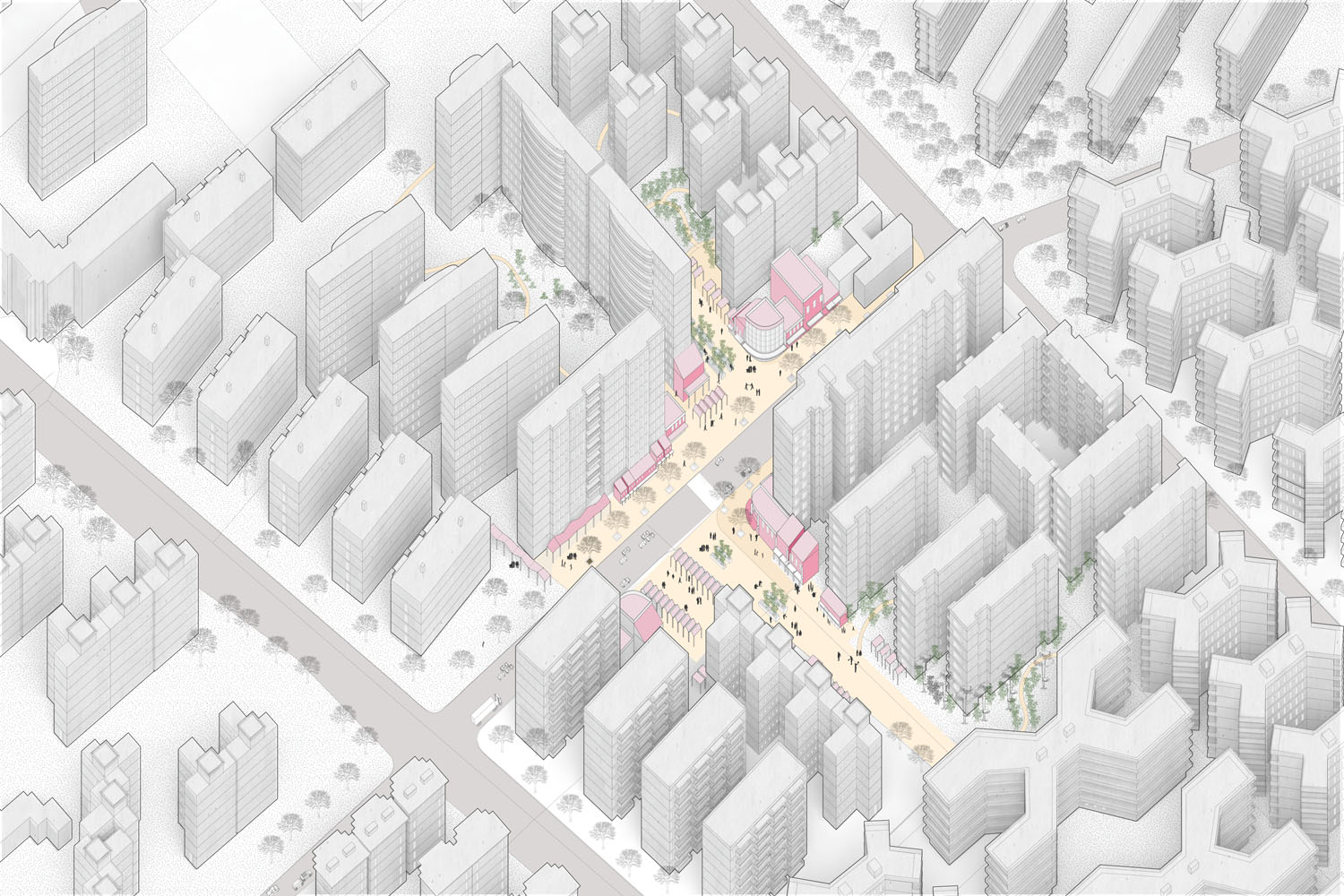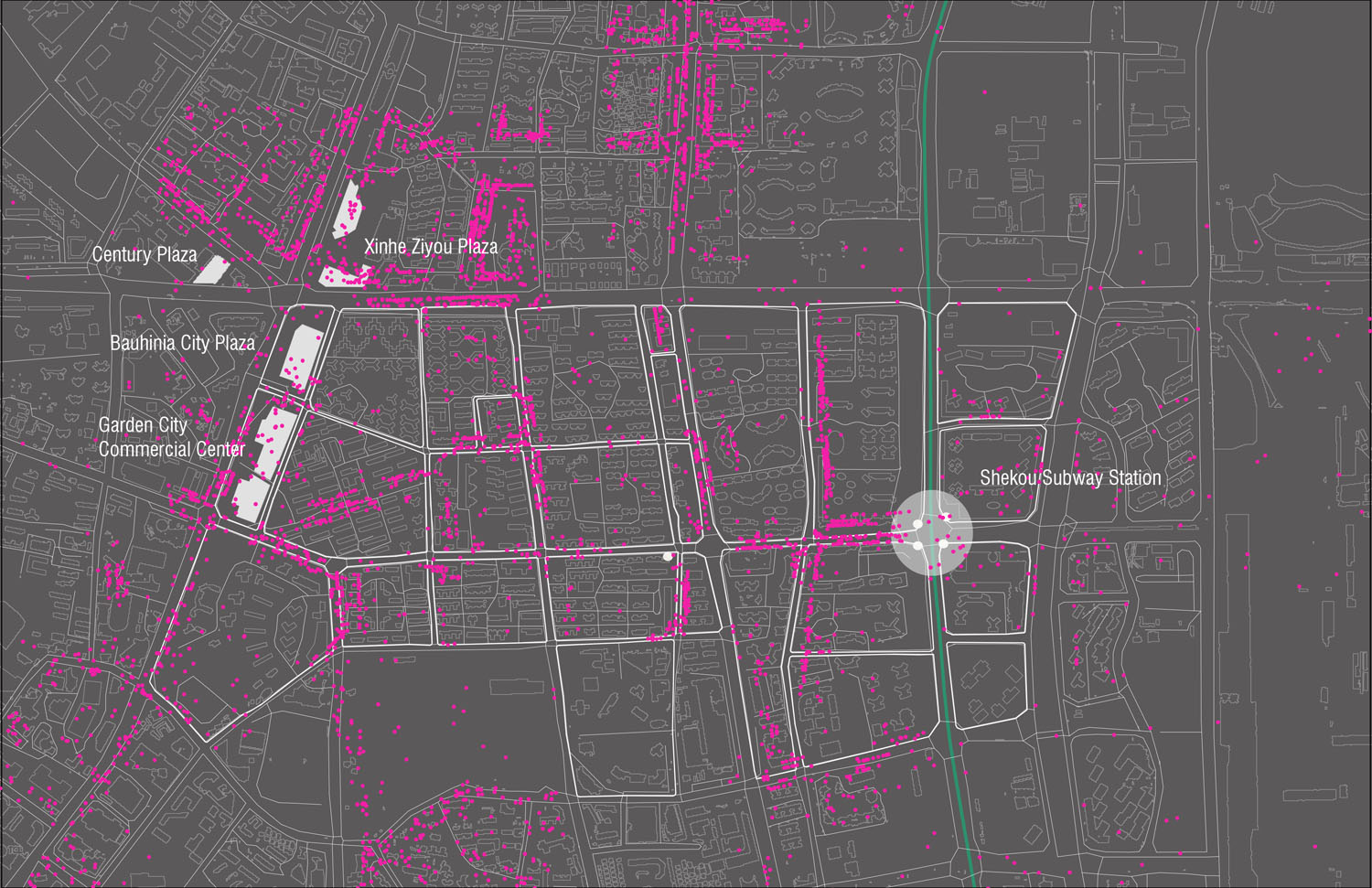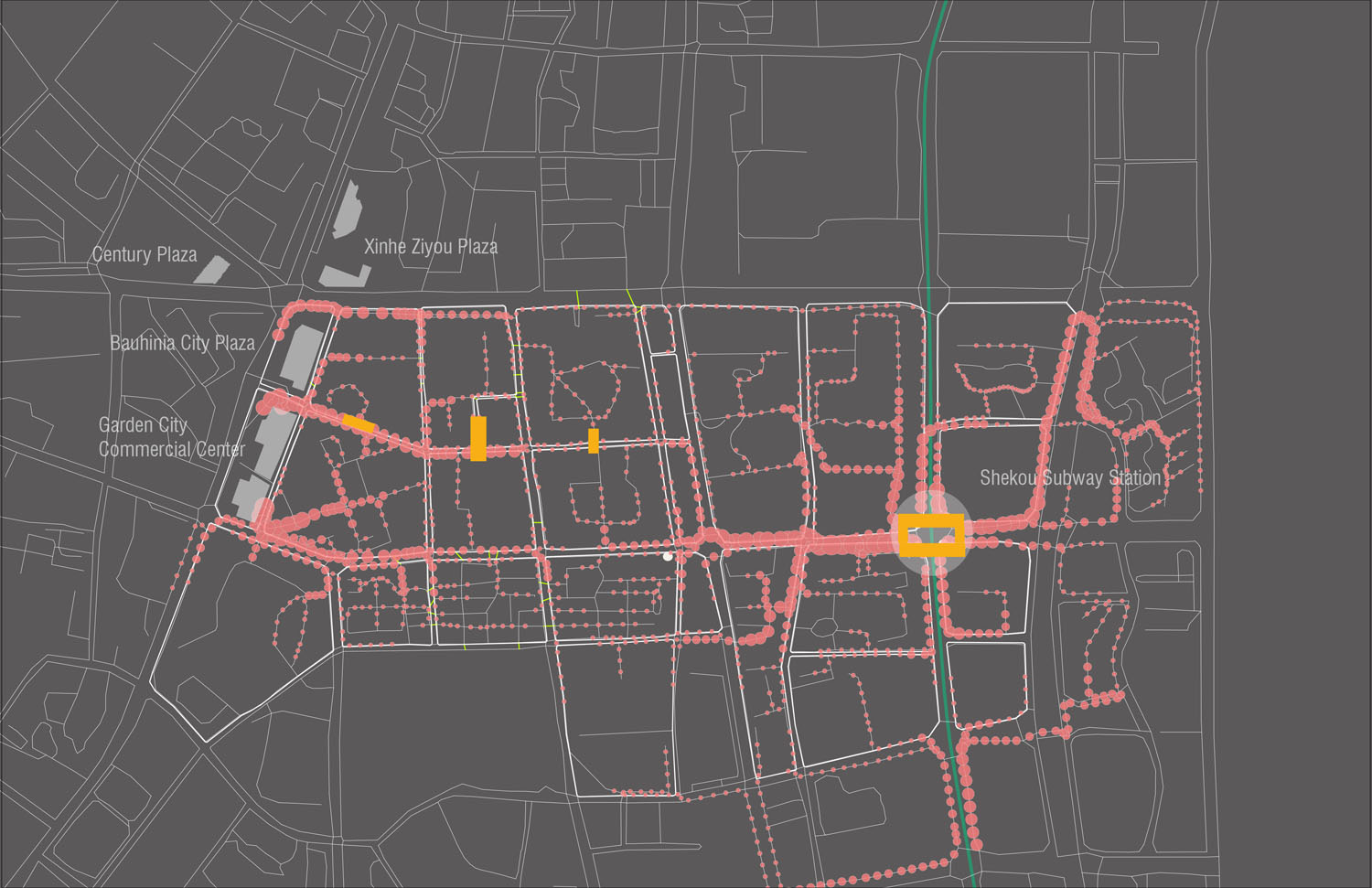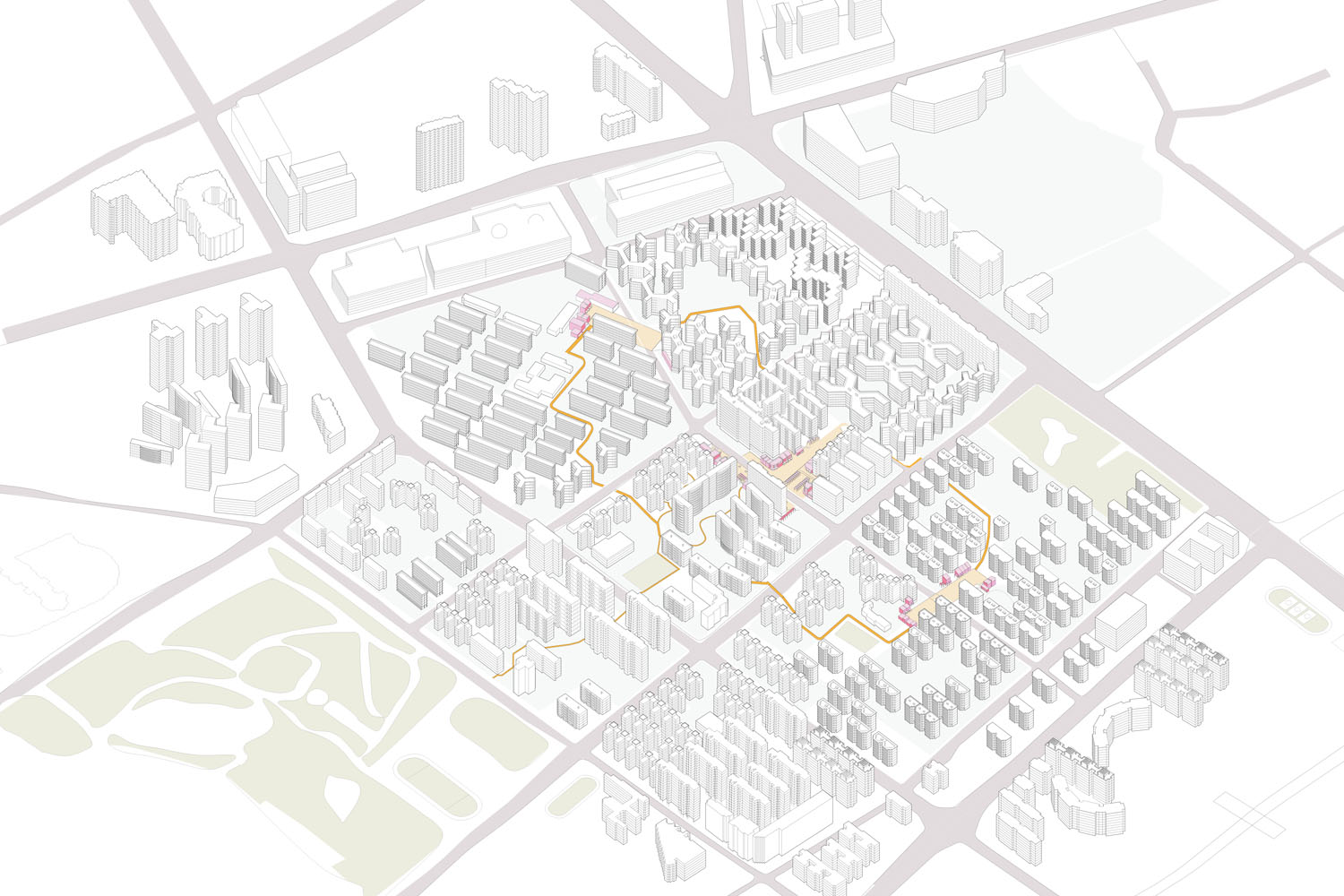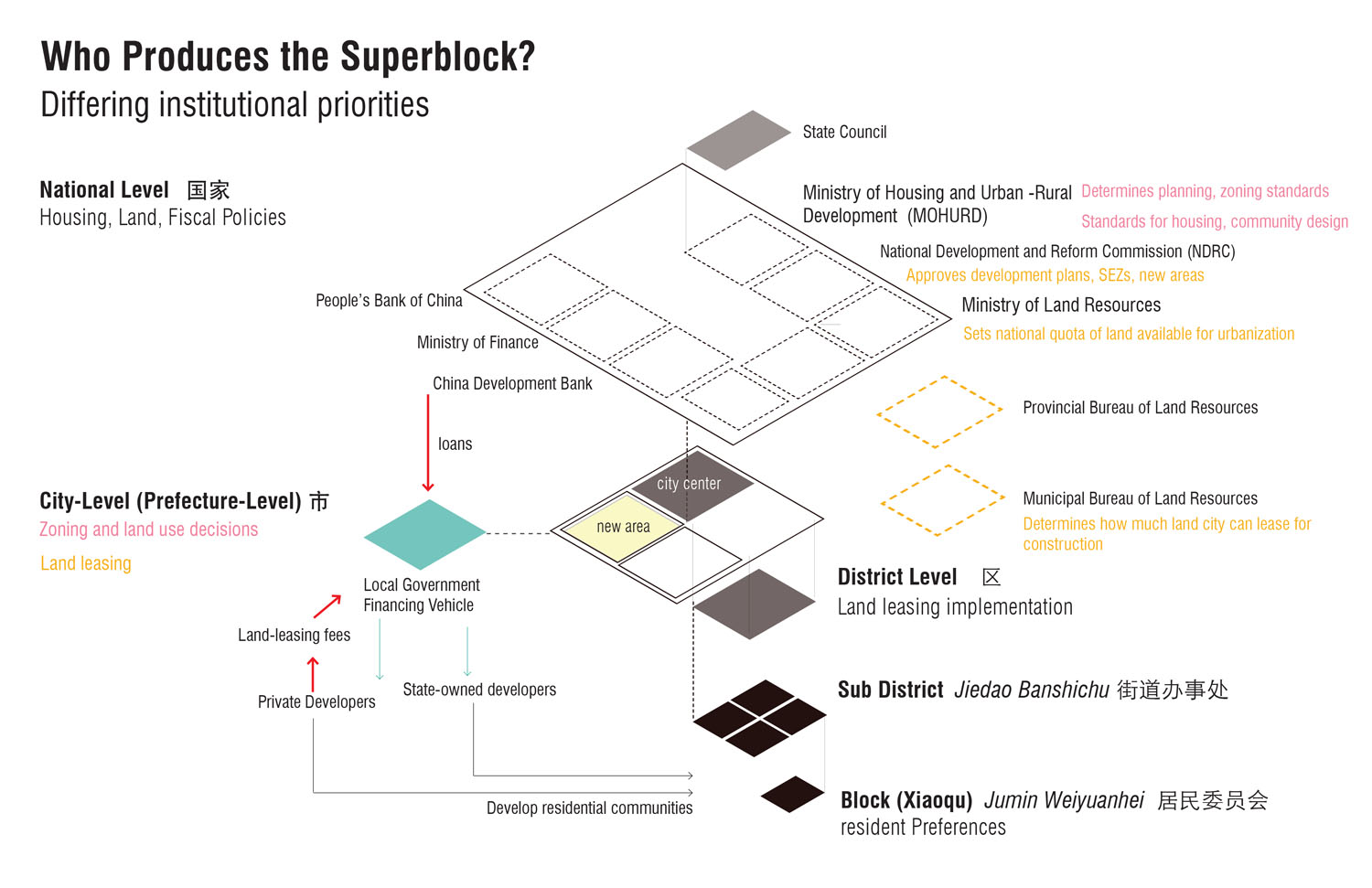Re-FORM: Towards Human-Scale Urbanism in China
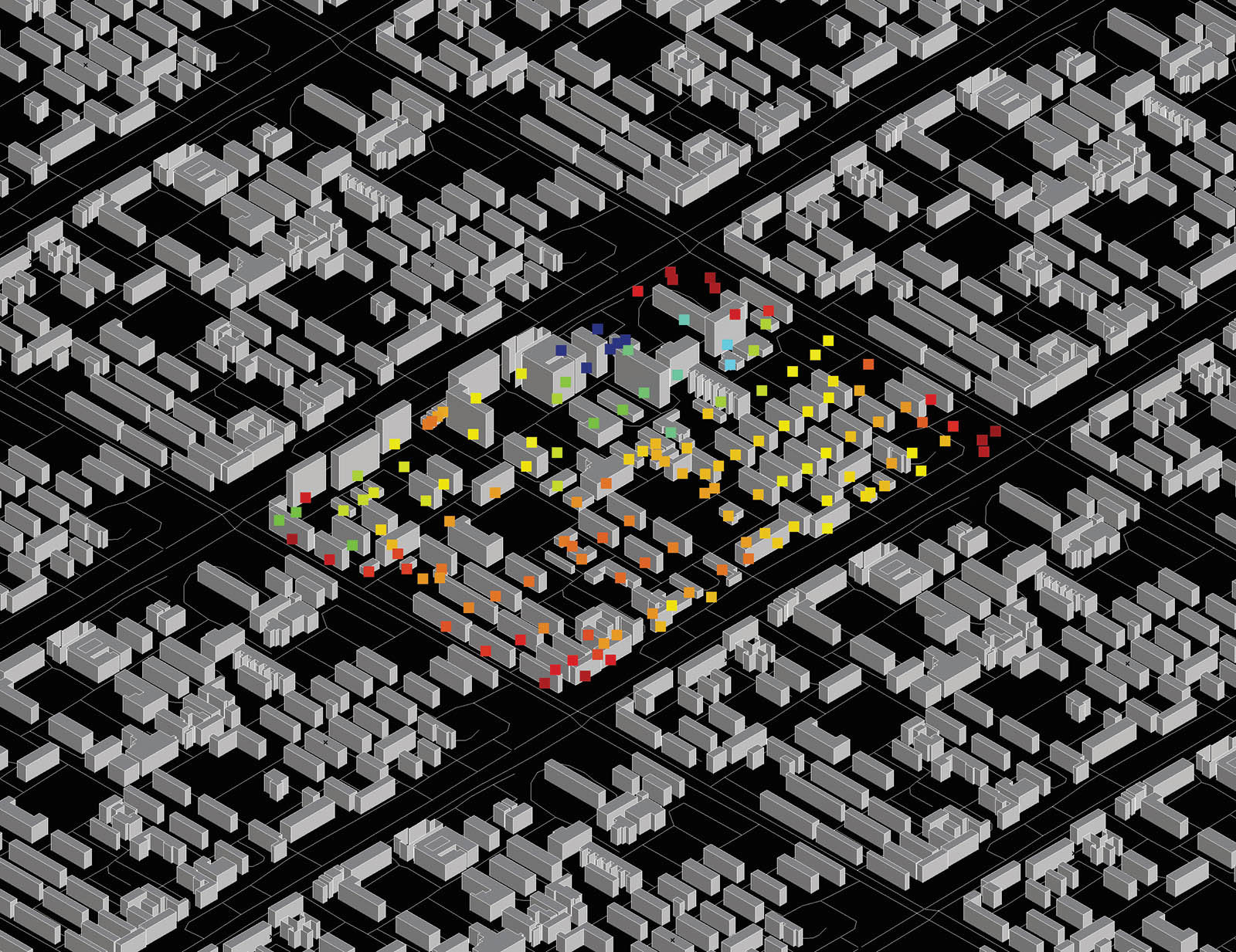
by Sol Andrew Stokols (MUP ’17) — Recipient of 2017 Urban Planning and Design Thesis Prize in Urban Planning
China’s urbanization has enabled millions to move from poverty to middle-class lifestyles over the last 40 years. In 2014, however, the country’s leaders unveiled a plan for a “new type of urbanization” that would prioritize people over GDP growth alone. There is growing concern that the urban landscape, based largely on the repetitive superblock of identical high-rise apartment slabs, is locking China’s cities into entrenched patterns of social isolation, reduced walkability, and a lack of diversity within the built environment.
Re-FORM explores how Chinese cities can plan for more flexibility and diversity given the country’s unique system of state land ownership. There have been many architects who proposed perfected forms of the superblock as an antidote to urban ills. Yet given the reality of city governments relying on leasing large pieces of land to developers to fund city budgets, it is unlikely that design proposals alone will create more humane cities.
Re-FORM looks at the city of Shenzhen, the birthplace of China’s “reform and opening” movement in the 1980s, as a site for new planning and design strategies that can be implemented to foster more accessible, diverse, and adaptable urban neighborhoods. Using the urban network analysis tool in Rhino, I test infill strategies to improve accessibility within different neighborhoods of the city. Due to the city’s early partition into enclaves developed by various state-owned companies, urban transformation remains contingent upon cooperation between firms, the municipal government, and residents. Thus, is not a search for the perfect model, but rather for more flexible processes of city building that could be adapted to the unique land ownership conditions in China and other rapidly developing countries.
